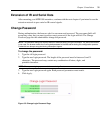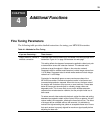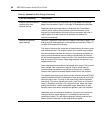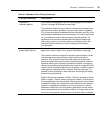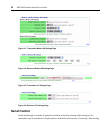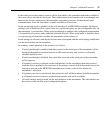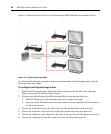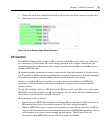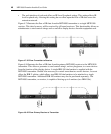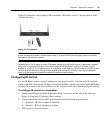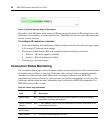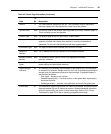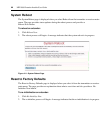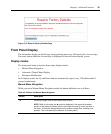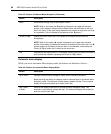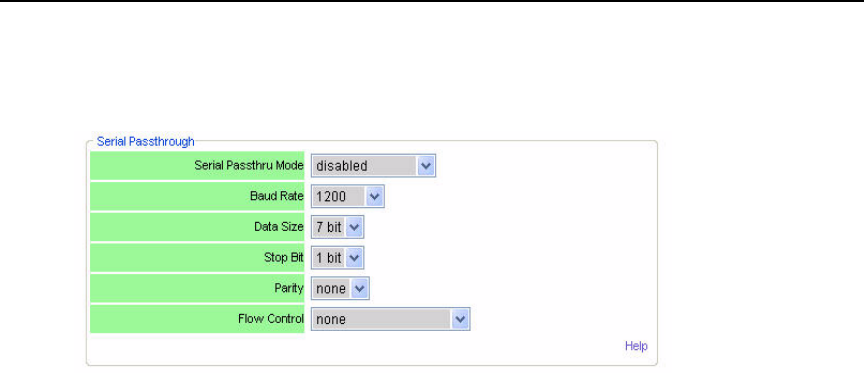
Chapter 4: Additional Functions 39
7. Choose the serial flow control for the local serial port from the Flow Control drop-down list.
8. Click Apply to save the changes.
Figure 4.6: Serial Settings Page: Serial Parameters
I/R Control
Each MPX1000 unit includes a built-in IR(rx) receiver and an IR(tx) port, which is a 3.5mm jack
for connection of a dual emitter. IR control strings generated from a remote controller may be
forwarded across the extension network or locally forwarded from the IR(rx) to the IR(tx) port on
the same MPX1000 unit.
IR extension permits a presenter to control a source device from the location of the display device.
Local loopback of IR data permits an administrator to manage display devices from the equipment
rack and/or a presenter to control a display device from the location of the display.
Similar to serial data, IR data is broadcast across the extension network from an MPX1000
transmitter to all bound receivers. Bi-directional IR data is limited to the transmitter and the
primary receiver.
For the sake of clarity, the flow of IR data from the IR(rx) receiver to the IR(tx) port on the same
MPX1000 unit shall be referred to as IR local loopback. Also for clarity, the flow of IR data across
the extension network shall be called IR extension.
IR functionality works as follows:
• Upon boot up, an MPX1000 transmitter will forward IR data detected at its IR(rx) receiver to
all bound receivers across the extension network. This flow cannot be disabled.
• When an MPX1000 receiver is selected as the primary receiver, IR data detected at its IR(rx)
receiver will be forwarded across the extension network to the MPX1000 transmitter, where it
will be emitted to the source device through the dual emitter. This IR data will not be
forwarded to other MPX1000 receivers. This flow cannot be disabled.



